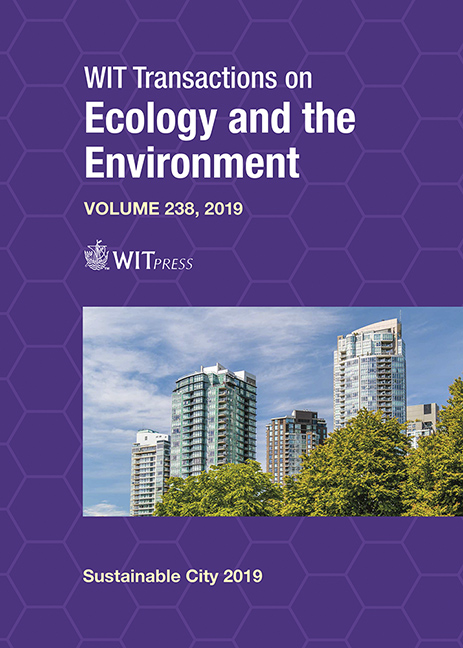UNDERSTANDING LAND USE CHANGES IN THE CENTRAL HIGH-ANDEAN MOIST PUNA
Price
Free (open access)
Transaction
Volume
238
Pages
12
Page Range
175 - 186
Published
2019
Paper DOI
10.2495/SC190161
Copyright
WIT Press
Author(s)
SANTIAGO MADRIGAL-MARTINEZ, JOSE LUIS MIRALLES I GARCIA
Abstract
Mountain ecosystems around the world are facing rapid land-cover changes, which have received much attention among scientists, managers, and policy-makers. A growing scientific production has been possible by free and open access data and the use of remote sensing and geographic information system tools. In this context, our study quantified the land-use changes across 25 provinces in the central high-Andean moist Puna over the interval of 13 years, using a selection of eleven land-use/cover types included in the standardized nomenclature of the Corine Land Cover for Peru. Thereafter, we determine the importance of social-economic driving factors in two time periods, from 2000 to 2009 and 2009 to 2013. The results described three spatial patterns: (1) a North–South division, (2) two different trends described by intensification/de-intensification agriculture, and (3) persistent forestland deterioration. Overall, our study reveals that agriculture in densely occupied provinces is the leading land-use change process negatively affecting pasture and forest extent. Moreover, understanding the spatial patterns of changes in the extent and their explanatory variables is important for clarifying land-use change trajectories. We hope our study will support spatial decision-making in complex mountain landscapes.
Keywords
land use change, mountain ecosystem, spatial planning, GIS, high-Andean Puna, Peru





